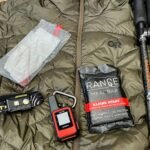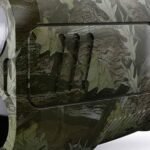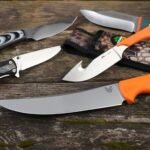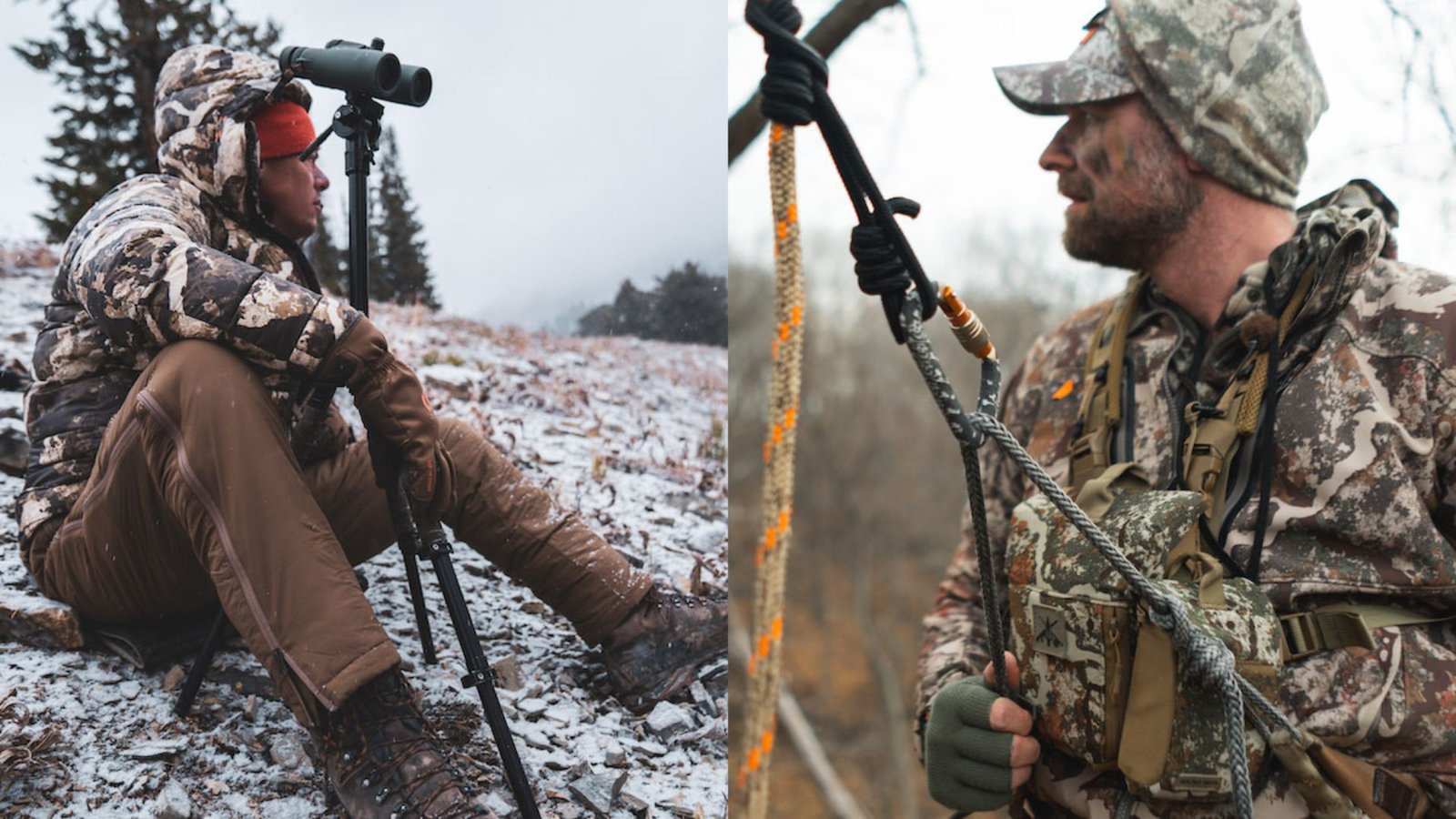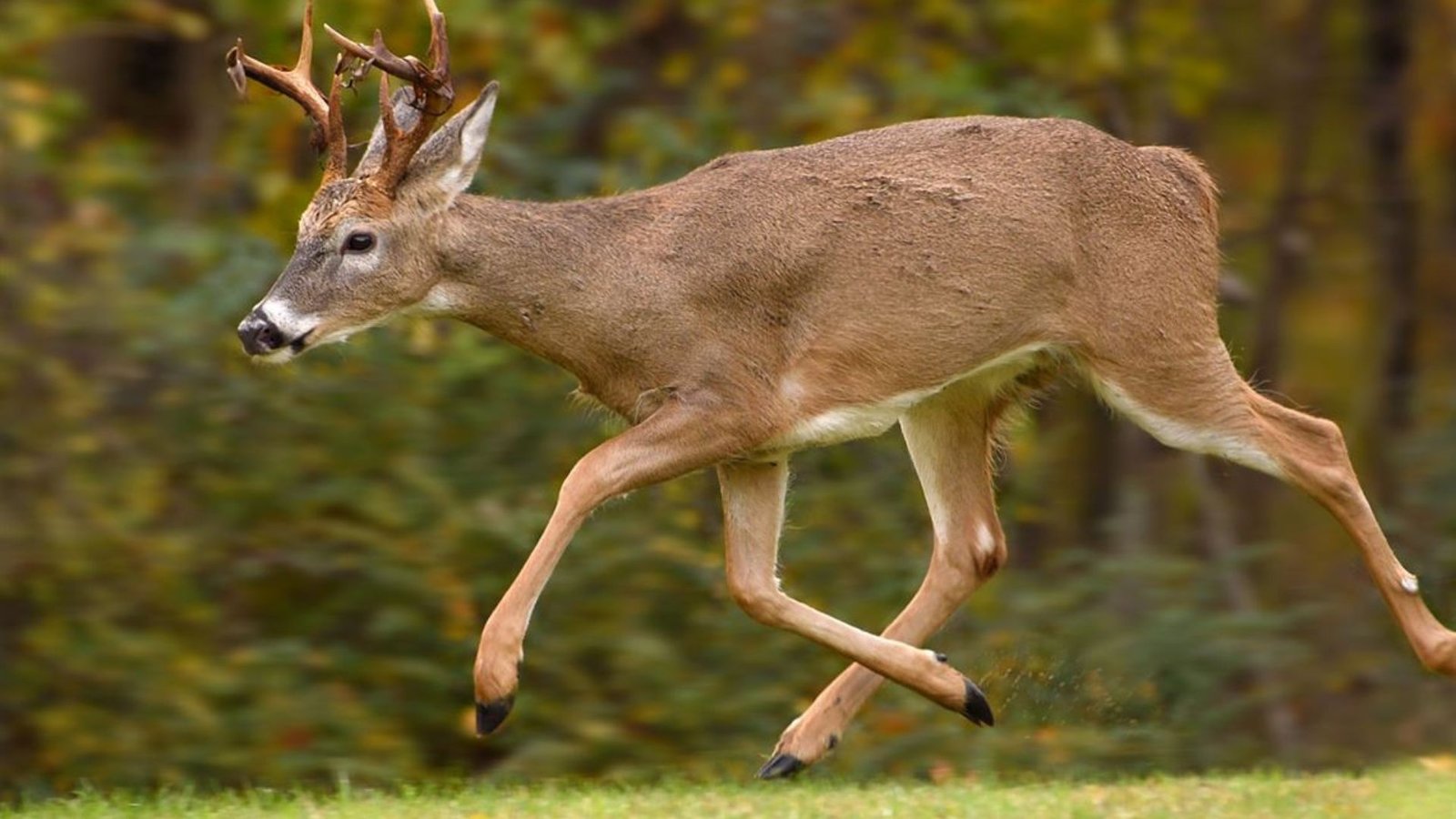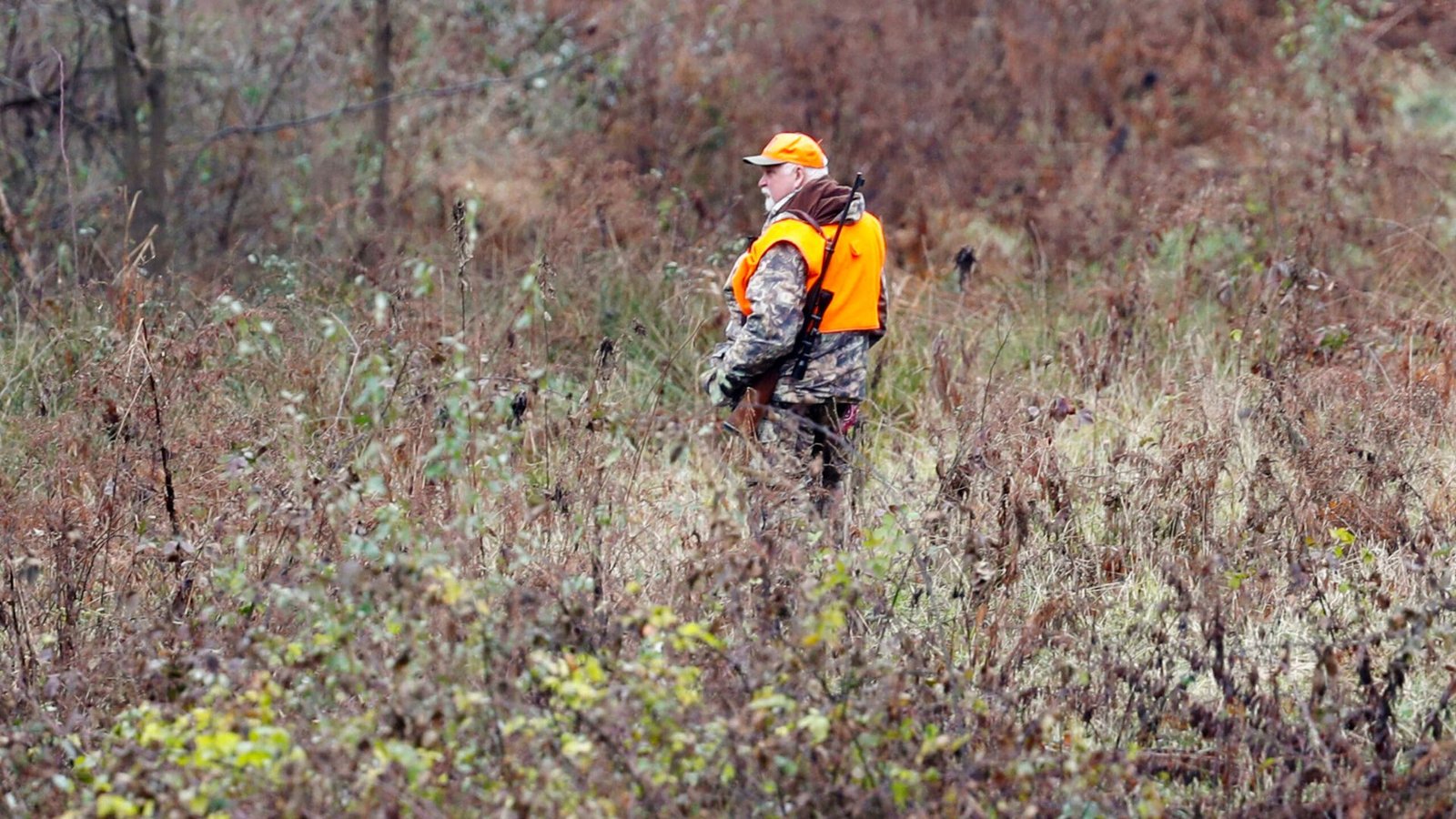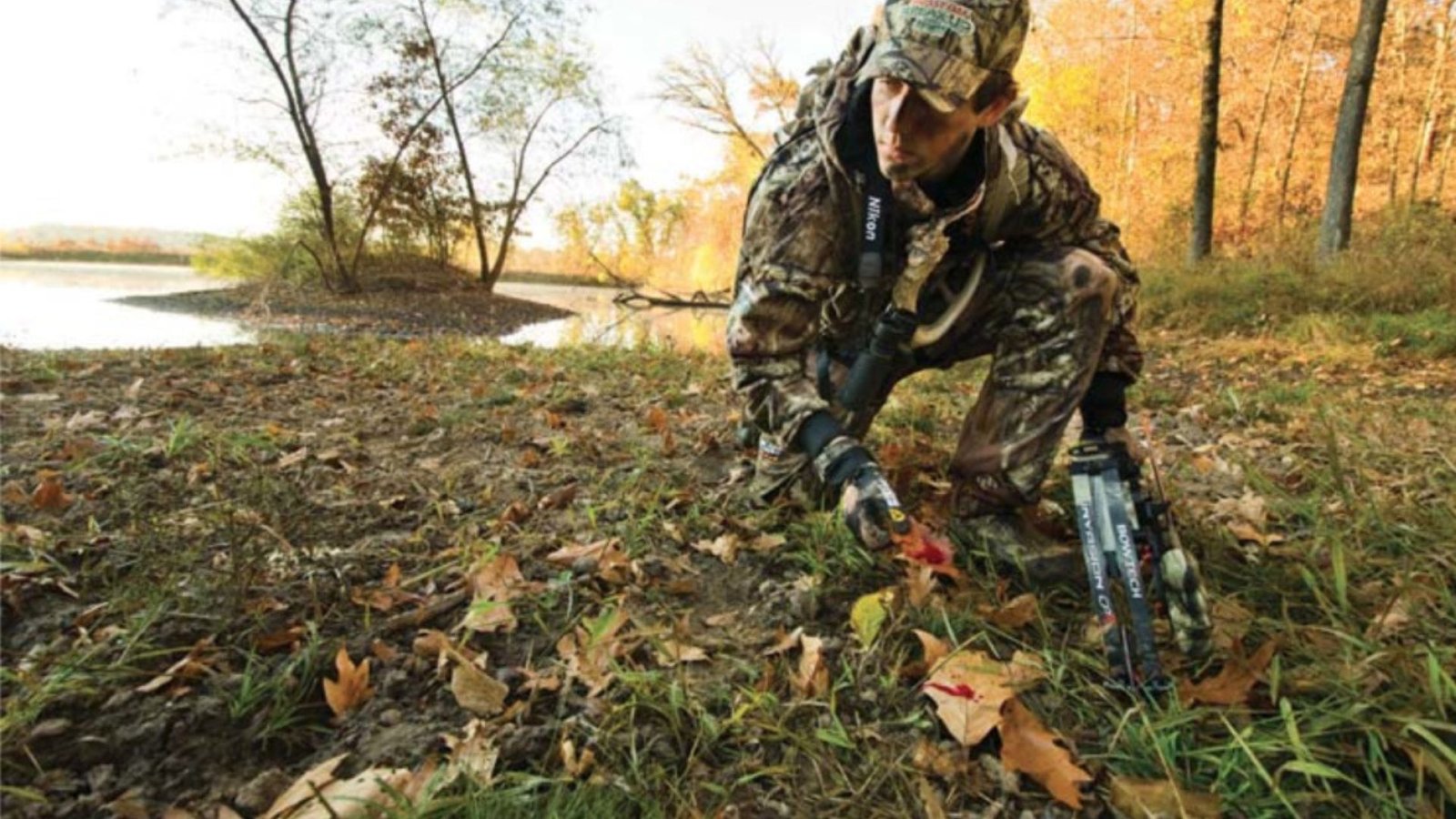Tracking deer in muddy terrain can be challenging, but with the right techniques, you can follow their path with confidence. Tracking deer in muddy terrain requires a different approach than tracking in dry conditions. The mud can make it harder to see clear tracks, but it also offers some unique advantages that can help you track deer more efficiently. In this article, we’ll share effective strategies to improve your deer tracking skills in muddy conditions.
Why Tracking Deer in Muddy Terrain Is Different
When tracking deer in muddy terrain, you have to consider a few key factors that you wouldn’t face on drier ground. Mud can cause deer tracks to become distorted, making it more difficult to follow the trail. Additionally, the consistency of the mud can vary, with some areas being soft and deep while others may be firmer. These variations can make it harder to track the deer’s movement. However, the mud can also help in certain situations, such as revealing fresh tracks and showing you where the deer have moved more recently.
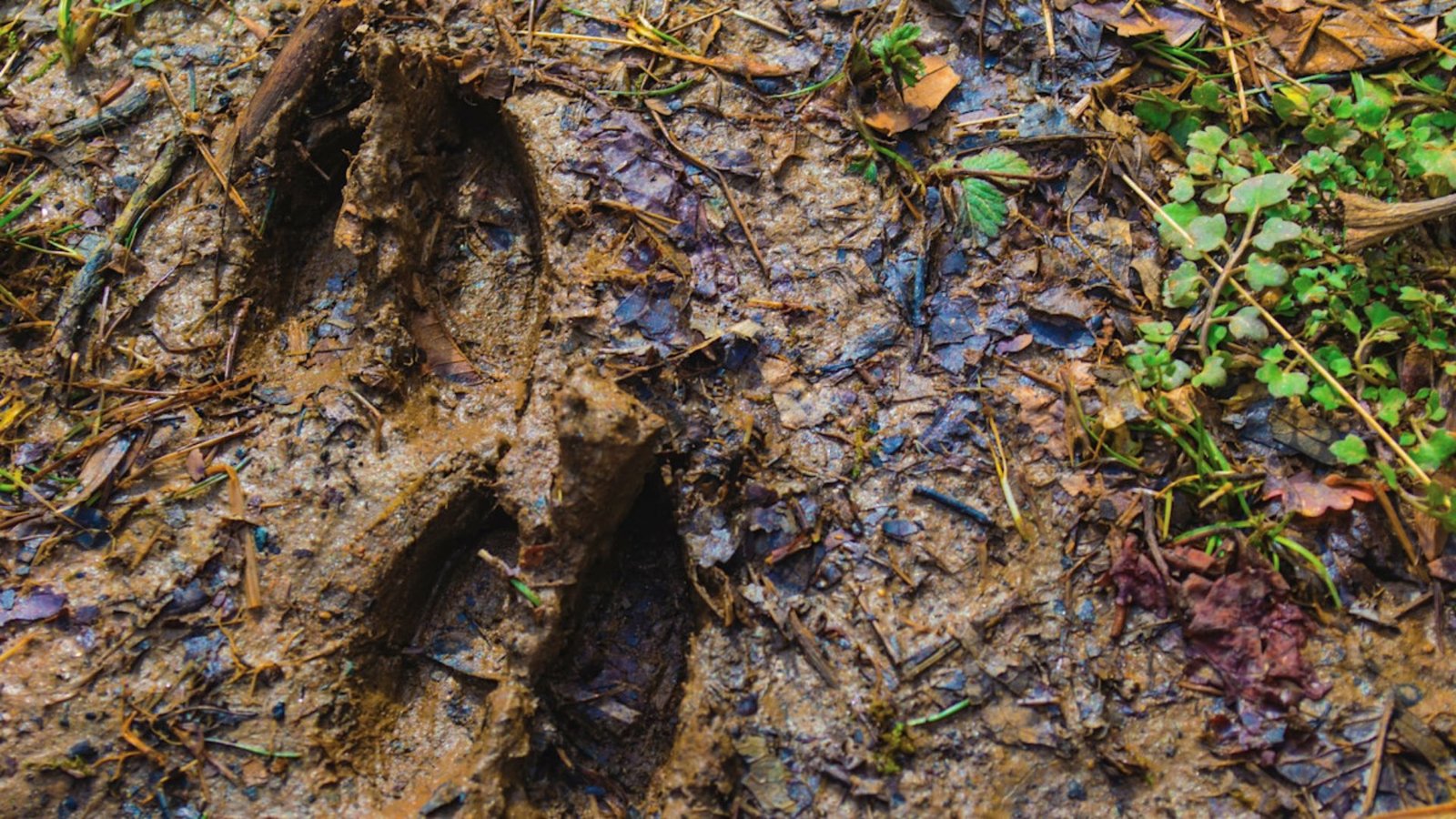
Look for Fresh Tracks
The first thing to consider when tracking deer in muddy terrain is how fresh the tracks are. Muddy conditions can make it easier to see fresh tracks, as they tend to leave clearer impressions in the ground. Deer are more likely to leave distinct tracks in softer, wetter mud. So, your goal should be to find the freshest tracks and start your tracking from there. Look for tracks that haven’t been disturbed or washed away by rain or wind.
Pay Attention to the Track’s Depth
In muddy terrain, the depth of the tracks can tell you a lot about the deer’s movement. Shallow tracks typically indicate that the deer are walking at a normal pace, while deeper tracks may suggest that the deer are moving quickly or running. By noting the depth of the tracks, you can adjust your approach accordingly. If you notice deeper tracks, it may mean the deer are trying to escape, and you should approach cautiously.
Focus on the Direction of Movement
As you follow the tracks, pay attention to the direction of movement. Tracking deer in muddy terrain can sometimes be confusing because multiple deer might pass through the same area. However, you can still determine the direction of travel by looking at the way the tracks are laid out. Deer tend to follow the same paths through muddy terrain, so by focusing on the direction of the tracks, you can better predict where the deer are headed.
Look for Signs of Change in the Terrain
The muddy conditions may cause changes in the terrain that can be helpful when tracking deer in muddy terrain. For example, the mud can be deeper in certain areas, or you may encounter patches where the ground is harder and the tracks are less visible. Changes in the terrain often signal that the deer are trying to avoid wet or deep mud, so these areas may be valuable clues. Pay attention to any changes in the consistency of the ground, as these can indicate the deer’s preferred routes.
Examine the Mud’s Consistency
Not all mud is the same. When tracking deer in muddy terrain, it’s important to pay attention to how soft or firm the ground is. In areas where the mud is soft and deep, the tracks will be more defined, making it easier to follow the deer. In contrast, firmer areas might show less detail, making tracking a bit more difficult. By understanding the consistency of the mud, you can determine whether you’re likely to see clear tracks or if you need to adjust your approach.
Use Natural Landmarks for Navigation
When tracking through muddy terrain, it’s easy to lose your way, especially if the tracks become unclear or difficult to follow. One useful strategy is to use natural landmarks, such as trees, rocks, or changes in the landscape, to guide your movements. These markers can help you stay on the right path when tracking deer in muddy terrain, especially if the tracks are difficult to read or if you get turned around.
Look for Additional Clues
While the tracks are the main clue when tracking deer in terrain, there are other signs you can look for to confirm your path. For example, broken branches or leaves that have been disturbed by the deer’s movement can help you understand where they’ve been. Additionally, the presence of droppings or urine marks in the mud can provide further evidence that a deer is nearby.
Be Quiet and Stealthy
Tracking deer in muddy terrain requires patience and quiet movement. The mud can make noise underfoot, so it’s important to move slowly and cautiously to avoid scaring the deer away. When tracking deer in muddy terrain, always stay alert and make minimal noise. The quieter you are, the better chance you have of staying undetected by the deer.
Conclusion
In conclusion, tracking deer in muddy terrain presents unique challenges, but with the right strategies, you can track deer effectively in these conditions. From finding fresh tracks and noting their depth to using natural landmarks for navigation, these techniques will help you stay on track. Patience, persistence, and attention to detail are essential when tracking in the mud. By following these strategies, you’ll increase your chances of success and become a more skilled tracker.



